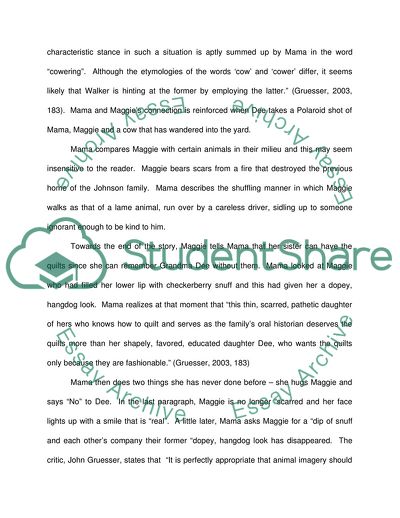Cite this document
(A Fictional Analysis of Alice Walkers Everyday Use Essay, n.d.)
A Fictional Analysis of Alice Walkers Everyday Use Essay. https://studentshare.org/literature/1708531-everyday-use-alice-walker
A Fictional Analysis of Alice Walkers Everyday Use Essay. https://studentshare.org/literature/1708531-everyday-use-alice-walker
(A Fictional Analysis of Alice Walkers Everyday Use Essay)
A Fictional Analysis of Alice Walkers Everyday Use Essay. https://studentshare.org/literature/1708531-everyday-use-alice-walker.
A Fictional Analysis of Alice Walkers Everyday Use Essay. https://studentshare.org/literature/1708531-everyday-use-alice-walker.
“A Fictional Analysis of Alice Walkers Everyday Use Essay”. https://studentshare.org/literature/1708531-everyday-use-alice-walker.


